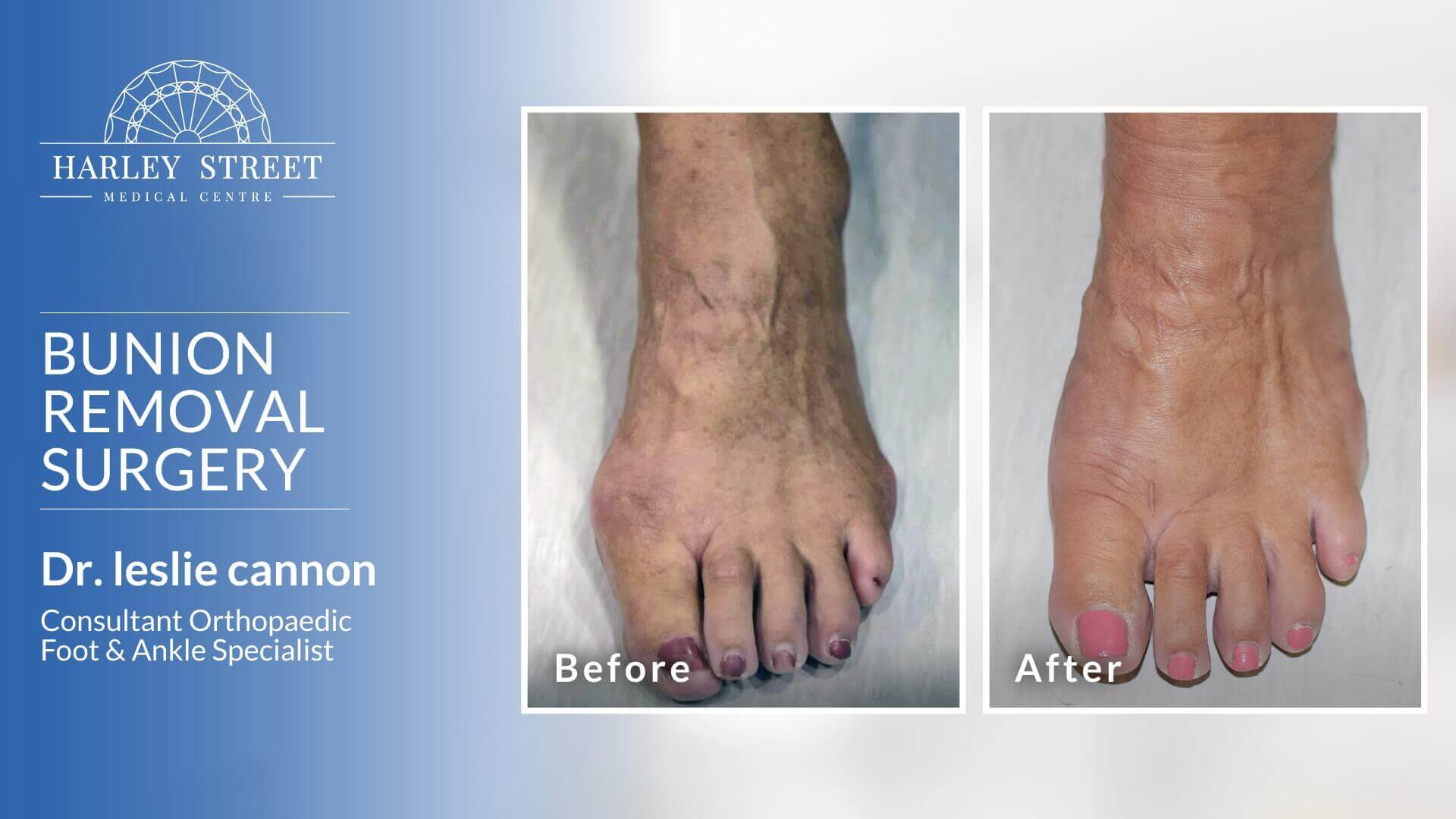BUNIONS
A bunion is a painful bony bump that develops on the inside of the foot at the big toe joint. Bunions are often referred to as hallux valgus. Bunions develop slowly. Pressure on the big toe joint causes the big toe to lean toward the second toe.
- Causes of Bunions
- Symptoms of Bunions
- Treatment of Bunions
- Surgical Treatment
- Recovery
Bunions are often caused by tight or narrow footwear that puts pressure on the toes. Bunions can also be inherited, as the tendency to develop bunions can be passed down through families. Other factors that may contribute to the development of bunions include age, obesity, and certain medical conditions such as rheumatoid arthritis and gout.
Bunions are characterized by a bony bump on the side of the foot, at the base of the big toe. They can cause a variety of symptoms, including:
- Pain and discomfort, especially when walking or wearing tight shoes
- Swelling and redness around the bunion
- Difficulty moving the big toe
- The development of calluses or corns on the foot
- Changes in the shape of the foot, such as the toes becoming more crooked or the foot appearing wider
Bunions can also lead to the development of other foot problems, such as hammertoes and calluses.
Treatment for bunions may include:
- Wearing comfortable, roomy shoes with a wide toe box to reduce pressure on the toes
- Using bunion pads or inserts to cushion the bunion and reduce pain
- Taking over-the-counter pain medications such as acetaminophen or ibuprofen
- Applying ice to the bunion to reduce swelling
- Wearing splints or custom orthotics to help realign the toes
In some cases, surgery may be necessary to correct the deformity and alleviate pain. Surgery involves removing the bony bump, realigning the bones of the foot and sometimes other procedures on other toes.
Osteotomy
Osteotomy simply means cutting a bone. The surgery includes balancing the tissues causing the deformity, realigning the bones and fixation with screws. There are many types osteotomies depending on the degree of deformity.
The surgery can be performed on both feet if required. The results are very good in terms of narrowing the foot and relief of pain although there is a recovery time of some months for the swelling to fully subside.
Recovery time after bunion surgery varies depending on the type of procedure performed, but it a daycares procedure, so you are home the same day and typically takes 12 to 20 weeks to fully recover. Physical therapy may be required to regain strength and mobility in the foot.







